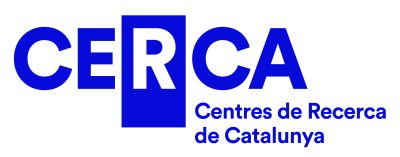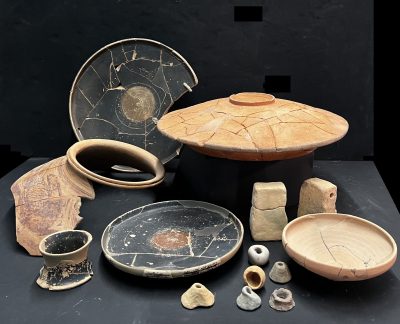
The ICAC-CERCA Publications Service is pleased to announce the launch of the digital book La cerámica de Torre d’Onda (Burriana, Castellón) en el contexto de los establecimientos costeros del norte de la ciudad de Sagunto en época iberorromana, as part of its TRAMA digital publications collection.
In digital format, it is available for purchase (here) and in open access, by chapters (here).
The authors of the book ―Josep Benedito Nuez, Pablo Medina Gil, José Manuel Melchor Montserrat, and Arturo Oliver Foix― are researchers of the research project on the application of new techniques and analytics in the study of the archaeological heritage of Sagunto and the province of Castellón, funded and led by the Universitat Jaume I.
This monograph constitutes a significant contribution to the study of Iberian, Iberian-Roman, and early Imperial Roman ceramics.
A New Perspective on Torre d’Onda (Burriana, Castellón)
Torre d’Onda, located in Burriana (Castellón), is one of the most cited port enclaves in the bibliography of the Valencian coast, known for its close relationship with commercial activities in the northern territory of the city of Sagunto from the mid-2nd century BC, that is, throughout the final phase of the Iberian culture.
The new monograph published by ICAC-CERCA provides a comprehensive review and update of the ceramic assemblages found at this site, accompanied by the corresponding graphic representation.
Josep Benedito, one of the authors of the work, highlights: “A review and update of the various ceramic assemblages from the Iberian, Iberian-Roman, and early Imperial Roman periods was necessary, which has allowed us to fix the periodisation and propose a new vision on the development of the site and its possible relationship with the impact of the Sertorian conflict on the pre-Roman settlement of this territory.”
The study confirms the existence of commercial connections with the Andalusian coast, the Ebro Valley, Carthage, and Italy at the end of the Roman Republican period.
The work stands out studying unpublished ceramic material from Torre d’Onda deposited in the Archaeological Museum of Burriana stores. The book examines a series of Iberian and Italic ceramic pieces that were only partially known, with these ceramic assemblages being much more extensive than previously thought. Additionally, many of the Iberian pieces feature rich decoration with zoomorphic, phytomorphic, geometric, and plastic themes.
The study revealed an interesting set of Italic ceramic imports, including kitchenware and Italic amphorae from the southern peninsula. This prompted a review of their typology, chronology, and distribution, as well as a global analysis of all the information collected.
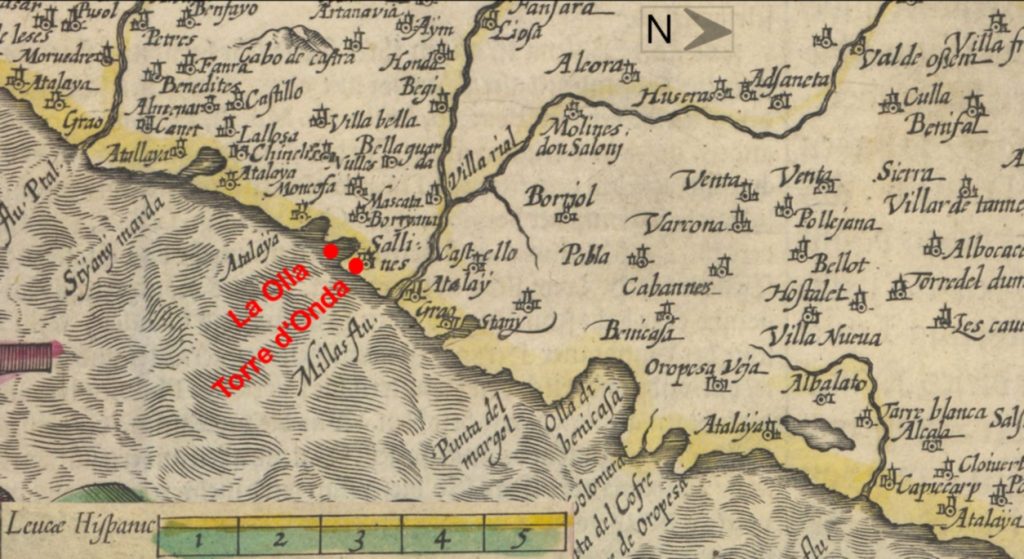
Key Contributions of the Study
The main novelties of the work focus especially on painted ceramics from the Iberian period and imported ceramics from the Italic area in the late Republican period. This study has made it possible to analyse an unpublished ceramic assemblage in the research of the site, which until now was relatively absent in the Iberian-Roman contexts of the coastal and littoral sites in the Sagunto territory.
Through a detailed analysis of the ceramics, a precise chronology has been established that places the most important historical change of the site between 90-70 BC, probably associated with the Sertorian conflict.
From the excavations at Torre d’Onda come painted Iberian vessels ―some interesting within the Iberian vessel repertoire―, Iberian handmade and kitchen ceramics, Iberian amphorae, Campanian A, B, and late Calena ceramics, Italic kitchenware, Italic amphorae from the Tyrrhenian and Adriatic coasts along with others of peninsular origin, and burnished grey ceramics, which have allowed dates to be established with decennial precision and to sequence the most important historical change of this coastal site during the first third of the 1st century BC, specifically between 90-70 BC, likely linked to the development of the Sertorian episode.
The Roman Republican occupation contexts documented in the excavations carried out in the coastal area of the Sagunto territory have also been reviewed.
The new book on Torre d’Onda provides a detailed and academically rigorous analysis of the Torre d’Onda site, offering new perspectives and essential data for understanding the history and archaeology of the region.
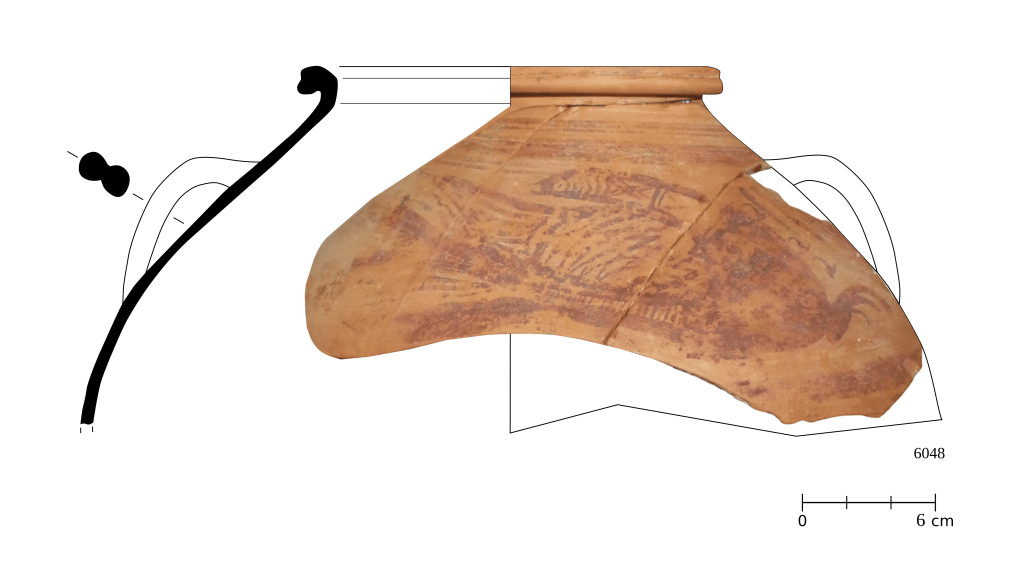
Importance of the Research
This book is part of the research project “Application of new techniques and analytics in the study of the archaeological heritage of Sagunto and the province of Castellón related to pre-Roman and Roman occupation as an instrument of scientific and touristic management” (UJI-A2020-01. Research Promotion Plan at the Universitat Jaume I 2020), coordinated by the research group ANTIQUA – Ancient History and Archaeology of the University Jaume I.
This project aims to deepen the knowledge of the cultural changes produced in the Iberian population north of Sagunto as a result of the Roman conquest.
During this period, a model of Roman territorial dominance was consolidated with the reconstruction of Saguntum, which after the Second Punic War went from being an ally city of Rome to a federated city. Although the Roman presence in this region is little known between the 2nd and 1st centuries BC, Torre d’Onda was likely part of its area of influence from the early times of the conquest.
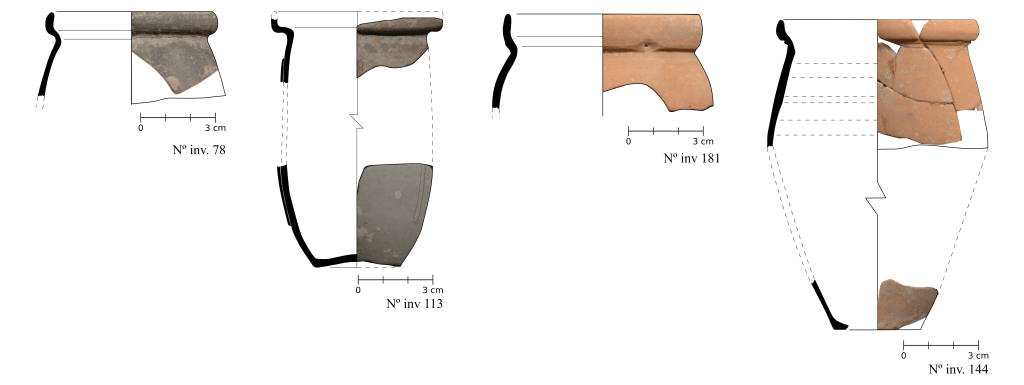
Availability of the Book
The book La cerámica de Torre d’Onda (Burriana, Castellón) en el contexto de los establecimientos costeros del norte de la ciudad de Sagunto en época iberorromana, published in the TRAMA collection (11) is now available for purchase and download (by chapters) through our website, following the open science policy of ICAC-CERCA. This work is an essential read for scholars of ancient ceramics and anyone interested in the history of the Valencian coast.
For more information, please contact ICAC Publications through our website or follow us on social media (@ICAC_cat / @icac_cat) for updates on our publications.
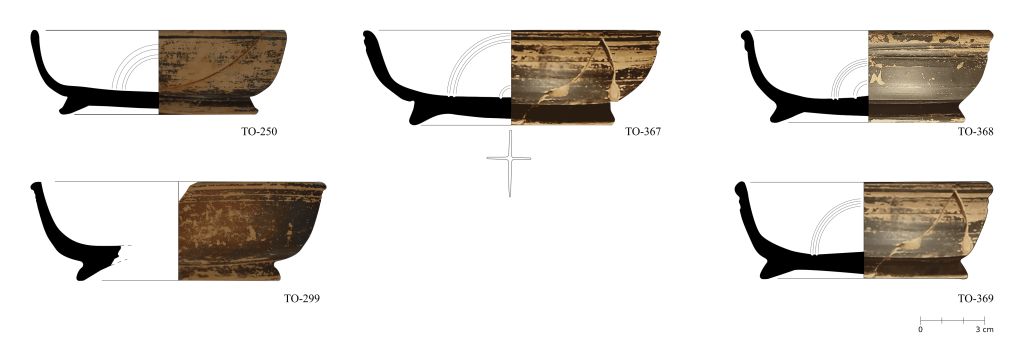
About the Catalan Institute of Classical Archaeology (ICAC-CERCA)
The Catalan Institute of Classical Archaeology (ICAC-CERCA) is a CERCA center established as a consortium in 2003 by the Government of Catalonia and the Rovira i Virgili University. It is a Catalan institution with an international scope, at the forefront of research and conservation of archaeological heritage. Its headquarters are in Tarragona, a city recognized as a UNESCO World Heritage Site in 2000. Its researchers work to understand the past through the study of archaeological remains and promote the preservation of the historical legacy. We are CERCA!
For more information, visit www.icac.cat.
